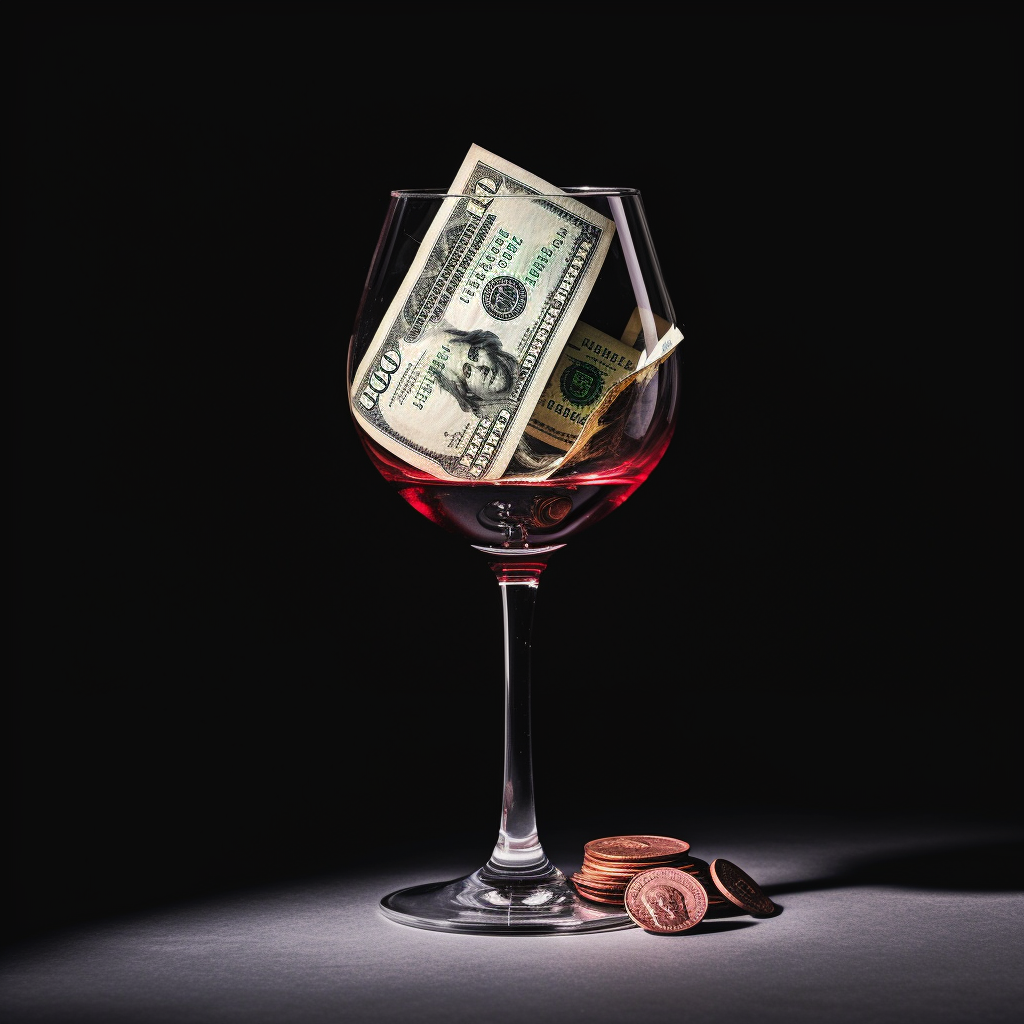Introduction to Wine Tasting in Texas
Texas, with its sprawling vineyards and diverse climates, has emerged as a notable player in the American wine industry. As enthusiasts and tourists flock to Texas wineries to savor the local produce, one aspect often discussed is the wine tasting fees. This article delves into the pricing of these experiences, debates their value, and explores more economical alternatives for tasting wines from various wineries across the Lone Star State.
The Landscape of Texas Wineries
Texas boasts over 400 wineries, with the Hill Country and High Plains being prominent wine-producing regions. Each winery offers a unique tasting experience, often reflecting the character of its locale and wine-making philosophy. Tasting fees can vary widely depending on the winery’s reputation, the types of wines offered, and the experience’s exclusivity.
Understanding Wine Tasting Fees
Wine tasting fees are charges levied by wineries to sample several of their wines. These fees generally cover the costs associated with the wine production, staff salaries, glassware, and maintaining the tasting rooms. In Texas, these fees can range from $10 to $50 or more per person, depending on the winery’s prestige, the wines’ quality, and the tasting experience’s comprehensiveness.
However, if you look at the economic cost model of tasting from the consumer side, you get a different picture. A typical wine tasting consists of 5 wines and costs $25, making them $5 each. A typical wine tasting is 2 ounces, or 60 ml. A bottle of wine is usually 750 ml; therefore, you can get about 12 tastings per bottle, putting the revenue per bottle at $60 (12x$5).
Since some of the wines you might be tasting are in the $40-50 range, things stay reasonable. I poured 2 oz. of wine in a few different wine glasses to see how it looks, and question whether my wine pours during tasting a full 2 ounces are. I think they are more like 1.5 oz. (44ml) on average. That puts the net revenue per bottle at $85. So obviously from a winery perspective cutting the tasting size is more profitable. We are seeing this type of strategy more since the pandemic, where businesses (not just wineries) are charging the same price but for less product.
The Debate: Are Tasting Fees Too Expensive?
Arguments for the Fees:
- Quality and Education: Higher fees often correlate with a more educational and immersive experience. Knowledgeable staff, detailed discussions about the wine-making process, and access to premium vintages justify the cost for many enthusiasts.
- Supporting Local Business: The fees help sustain the wineries, especially smaller, boutique ones that rely on tourism and direct sales.
Arguments Against the Fees:
- Cost Prohibitive: Some argue that high tasting fees can deter casual visitors and make wine tasting seem like an exclusive activity reserved for the affluent.
- Comparison with Other States: Critics often point out that Texas wineries, on average, might charge more than wineries in other states, raising questions about the value offered.
Assessing the Value of Tasting Fees
Value assessment is subjective and varies with personal expectations and experiences. For some, the ambiance, education, and quality of wine justify the cost. For others, the fees might seem steep, especially if the experience does not meet their expectations. It’s crucial for wineries to communicate the value of what’s included in the tasting fee, whether it’s the expertise of the staff, the quality of wines, or a particularly unique tasting environment.
Economical Ways to Enjoy Texas Wines

For those looking for more budget-friendly ways to explore Texas wines, several alternatives can provide a satisfying experience without the hefty price tag:
- Wine Tasting Events and Festivals: Texas hosts numerous wine festivals and events, offering the opportunity to sample a wide range of wines for a single-entry fee. One such is the annual Texas Wine Jam.
- Winery Tours: Some wineries offer group tours, which can reduce the per-person cost and sometimes include a tasting at a lower overall price.
- Wine Clubs and Subscriptions: Joining a wine club can offer value in the form of discounted tastings, free bottles, and invitations to exclusive events.
- Local Wine Bars: Visiting local wine bars that feature Texas wines can be an economical and low-commitment way to taste various wines.
- Special Promotions: Look out for wineries offering special promotions, discounts, or off-peak pricing.
The Role of Consumer Feedback
Wineries often adjust their tasting fees based on customer feedback and market demand. Visitors can influence pricing and offerings by providing feedback about their experiences, encouraging wineries to adapt and offer more value or varied options to suit different budgets and preferences.
The Future of Wine Tasting in Texas
As the Texas wine industry continues to grow and evolve, so too might the approach to wine tasting fees. With increasing competition, wineries might innovate their offerings, providing more varied, inclusive, and value-driven tasting experiences to attract a broader range of visitors.
Conclusion
Wine tasting fees at Texas wineries are the subject of much debate, reflecting broader questions about value, accessibility, and the economics of wine production. While some may find the fees steep, others see them as justified by the quality and educational aspects of the experience. The tastings remain reasonable as long as the wineries keep the pours at 2 ounces. If they don’t, consumers will notice and realize tasting is not the most economical way to enjoy a variety of wines.
For those seeking more economical ways to explore Texas wines, alternatives like festivals, wine clubs, and local bars offer the chance to enjoy a variety of wines without breaking the bank. As the industry continues to mature, the conversation around tasting fees will likely evolve, hopefully leading to a more inclusive and varied wine-tasting landscape that caters to enthusiasts of all levels and budgets. Whether you’re a seasoned connoisseur or a curious newcomer, the Texas wine scene offers a rich tapestry of flavors and experiences to explore.
About the Author

A native of Texas, Ken “Texan” Pierce is a renowned alcohol aficionado with over 15 years of experience in the Texas wine, whiskey, and beer industry. With a vast number of alcohol production resources right in his back yard in the Texas Hill Country, Ken has made it his mission to promote and advance the Texas winemaking, distilling, and brewing industry across the country. His uncanny ability to identify tasting notes and pairings makes him a respected authority within alcohol enthusiast circles. When he’s not reviewing the latest craft spirits, you can find Ken playing his guitar, trying to sing, and sipping on a Texas libation.

